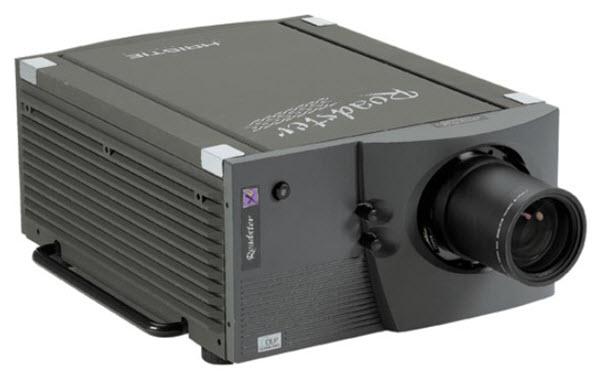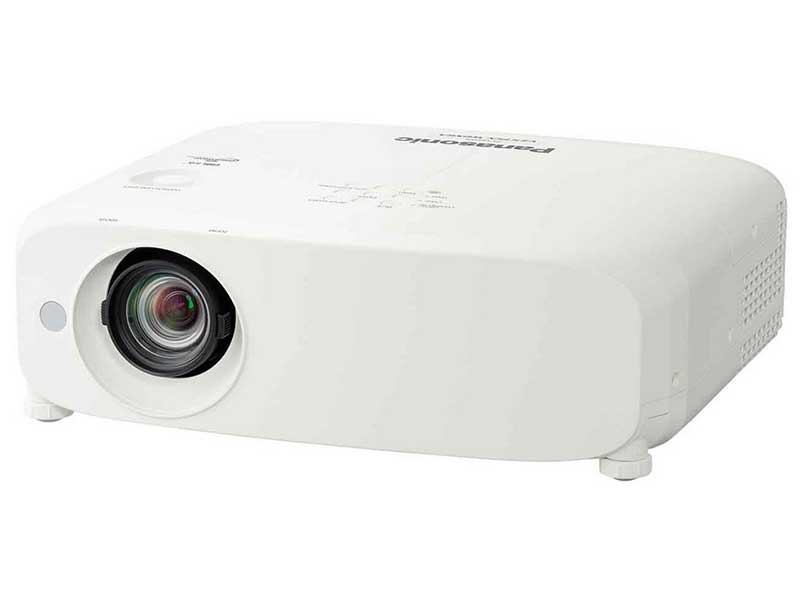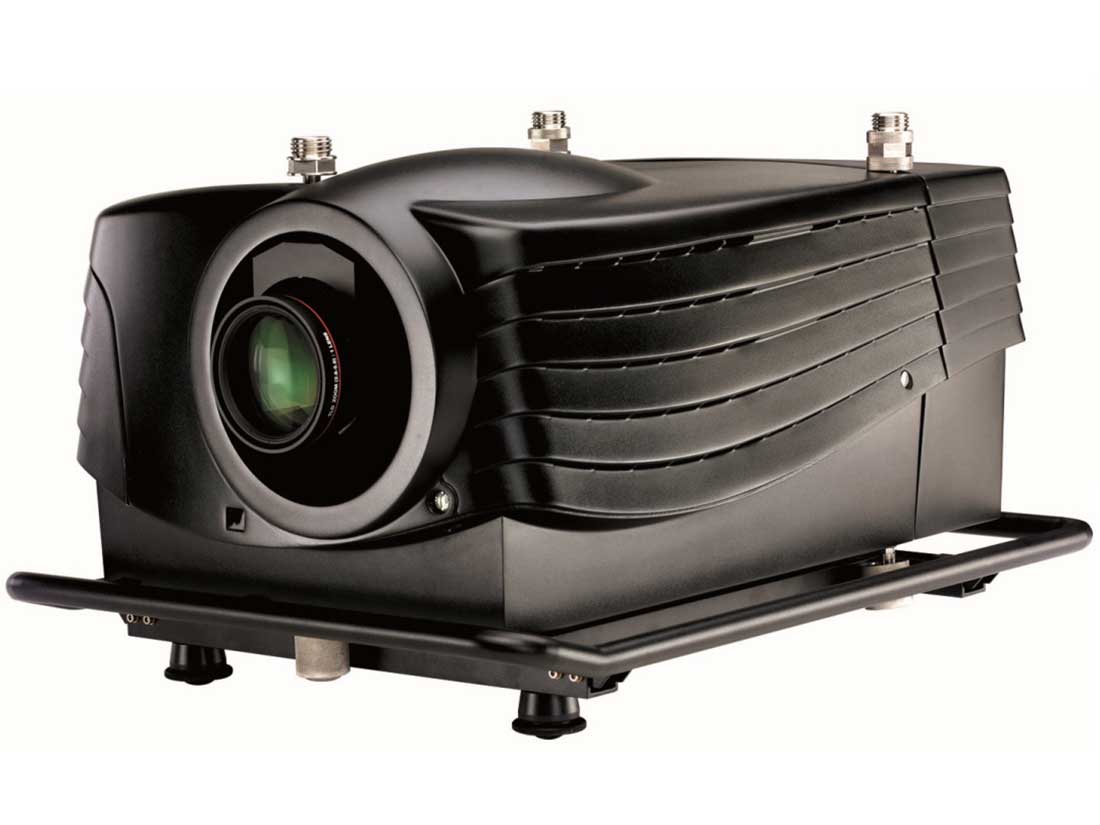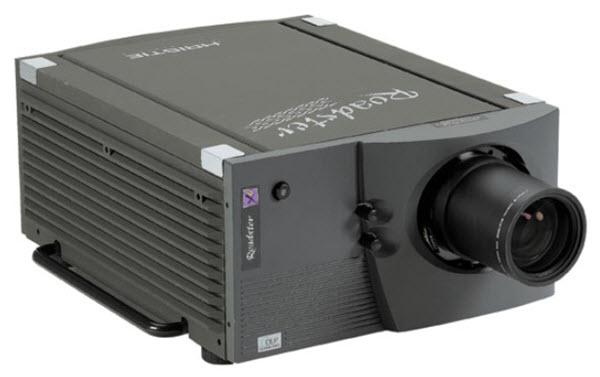svga projectors
09 August 2023

|
Are you looking to take your visual experience to the next level? Look no further than SVGA projectors. Whether you're a gamer, a movie enthusiast, or a professional presenter, SVGA projectors offer an immersive and captivating viewing experience that will leave you spellbound. In this comprehensive guide, we will explore everything you need to know about SVGA projectors, from their advanced features to their benefits and how to choose the right one for your needs. We will delve into the world of high-definition imagery, stunning color accuracy, and sharp image quality that SVGA projectors bring to the table. What is SVGA resolution? SVGA stands for Super Video Graphics Array, and it refers to a display resolution typically used in projectors and computer monitors. SVGA resolution provides a standard aspect ratio of 4:3, with a resolution of 800x600 pixels. While SVGA might not be the highest resolution available today, it still offers a significant upgrade from older VGA technology and provides a crisp and clear image quality for various applications. SVGA projectors utilize this resolution to deliver impressive visual experiences. With 480,000 pixels on the screen, SVGA projectors can display images and videos with sharp details and vibrant colors. Whether you're watching a movie, playing a game, or presenting slides, SVGA projectors will bring your content to life with stunning clarity. SVGA projectors are versatile and can be used in various settings. They are commonly used in classrooms, boardrooms, and home theaters due to their affordability and compatibility with a wide range of devices. Now that we understand what SVGA resolution is, let's explore the benefits of using SVGA projectors. Benefits of using SVGA projectors Affordability: One of the major advantages of SVGA projectors is their affordability. Compared to higher resolution projectors, SVGA projectors are more budget-friendly, making them accessible to a wider range of users. Whether you're a student, a business professional, or a casual home user, SVGA projectors provide an affordable option for enhancing your visual experience. Compatibility: SVGA projectors are compatible with a variety of devices, including laptops, desktop computers, gaming consoles, and DVD players. This compatibility allows you to connect your preferred device to the projector seamlessly. Whether you're presenting a PowerPoint presentation, streaming a movie, or playing a video game, SVGA projectors ensure your content is displayed with exceptional clarity and detail. Portability: SVGA projectors are often compact and lightweight, making them highly portable. Whether you need to move the projector between classrooms, offices, or different rooms in your home, SVGA projectors are easy to transport. Their portability allows you to enjoy a captivating visual experience wherever you go. Long lamp life: SVGA projectors typically have a long lamp life, which means you can enjoy your visual experience for an extended period without worrying about frequent lamp replacements. This feature is especially beneficial for businesses and educational institutions that use projectors regularly. Wide viewing angles: SVGA projectors offer wide viewing angles, ensuring that everyone in the room can enjoy the content without compromising on image quality. Whether you're sitting directly in front of the screen or at an angle, SVGA projectors provide consistent image quality and color accuracy. Now that we've explored the benefits of using SVGA projectors, let's dive deeper into the different types of SVGA projectors available in the market. Understanding the different types of SVGA projectors SVGA projectors come in various types, each offering unique features and capabilities. Understanding these different types will help you choose the right projector for your specific needs. Here are three types of SVGA projectors: LCD Projectors: LCD (Liquid Crystal Display) projectors use three LCD panels to project images onto the screen. These panels filter light and create the image by manipulating the pixels' color and intensity. LCD projectors are known for their vibrant colors, sharp image quality, and high brightness levels. They are a popular choice for presentations, classrooms, and home theaters. DLP Projectors: DLP (Digital Light Processing) projectors use a chip with thousands of tiny mirrors to reflect light and create an image. These mirrors tilt to either reflect light towards the screen or away from it, creating the desired image. DLP projectors offer high contrast ratios, deep black levels, and smooth motion, making them ideal for gaming and movie enthusiasts. LED Projectors: LED (Light Emitting Diode) projectors use LED lamps as their light source instead of traditional lamps. LED lamps have a longer lifespan, consume less power, and produce less heat compared to conventional lamps. LED projectors are typically compact, portable, and energy-efficient. They are a popular choice for presentations and casual home use. Each type of SVGA projector has its advantages and considerations. LCD projectors offer excellent color accuracy and brightness, DLP projectors provide high contrast ratios, and LED projectors offer energy efficiency. Consider your specific needs and preferences when choosing the type of SVGA projector that suits you best. Next, let's explore the factors to consider when choosing an SVGA projector. Factors to consider when choosing an SVGA projector Brightness: The brightness of the projector is measured in lumens. Consider the ambient light conditions in the room where you plan to use the projector. If the room is well-lit, you'll need a projector with higher brightness levels to ensure clear visibility. For darker rooms, a lower brightness level may suffice. SVGA projectors typically range from 2000 to 4000 lumens. Contrast ratio: Contrast ratio refers to the difference between the darkest and brightest parts of an image. A higher contrast ratio results in more vibrant colors and deeper blacks. Consider the content you plan to display and the level of detail you require when choosing the contrast ratio of your SVGA projector. Connectivity options: Ensure that the SVGA projector you choose has the necessary connectivity options to connect to your preferred devices. Common connectivity options include HDMI, VGA, USB, and audio ports. Additionally, some projectors offer wireless connectivity options, allowing you to connect wirelessly to your devices. Throw distance: Throw distance refers to the distance between the projector and the screen. Consider the size of the room and the desired screen size to determine the appropriate throw distance for your SVGA projector. Some projectors offer zoom capabilities, allowing you to adjust the image size without moving the projector. Keystone correction: Keystone correction is a feature that allows you to adjust the image shape when the projector is not perfectly aligned with the screen. This feature is especially useful when the projector needs to be placed at an angle or when the screen is not at eye level. Look for SVGA projectors that offer keystone correction to ensure a properly aligned image. By considering these factors, you can choose an SVGA projector that meets your specific requirements and provides an exceptional visual experience. Once you've chosen your SVGA projector, it's time to set it up and connect it to your devices. |
 |
|
Setting up and connecting an SVGA projector Setting up an SVGA projector is a straightforward process. Here are the steps to follow: Choose the right location: Find a suitable location for your projector, ensuring it has enough space and proper ventilation. Consider the throw distance and screen size calculations to position the projector at the optimal distance from the screen. Connect the power: Plug in the power cable of the projector and connect it to a power source. Ensure that the power source is easily accessible and has a stable power supply. Connect the video source: Depending on your device and projector, use the appropriate cable to connect the video source (e.g., laptop, gaming console) to the projector. Most SVGA projectors use VGA or HDMI cables for video connectivity. Adjust the image: Use the projector's zoom and focus controls to adjust the image size and sharpness. If needed, use the keystone correction feature to align the image properly. |
 |
|
Audio connection: If you want to enhance the audio experience, connect external speakers or utilize the projector's built-in speakers. Connect the audio cable to the audio input of the projector or use wireless audio connectivity options if available. Once you've completed these steps, you're ready to enjoy your visual content on the SVGA projector. To make the most of your visual experience, here are some tips to consider. Tips for maximizing your visual experience with SVGA projectors Optimize the room lighting: To ensure the best image quality, dim the lights in the room and minimize external light sources. This will enhance the projector's brightness and color accuracy. Adjust the aspect ratio: If your content is in a different aspect ratio than the projector's native 4:3 ratio, adjust the aspect ratio settings on your device or projector. This will prevent distortions and ensure the content is displayed correctly. Calibrate the color settings: SVGA projectors usually offer color calibration options. Take the time to calibrate the color settings to achieve accurate and vibrant colors. You can use calibration tools or reference images for this purpose. Regular maintenance: Keep your SVGA projector clean and dust-free by regularly cleaning the lens and vents. Dust can affect image quality and lamp performance, so it's essential to maintain your projector properly. Experiment with screen size: SVGA projectors allow you to adjust the image size based on your preferences and the available space. Experiment with different screen sizes to find the optimal size for your viewing experience. By implementing these tips, you can enhance your visual experience and make the most out of your SVGA projector. However, like any technology, SVGA projectors may encounter common issues. Let's explore some troubleshooting steps for common problems. |
 |
